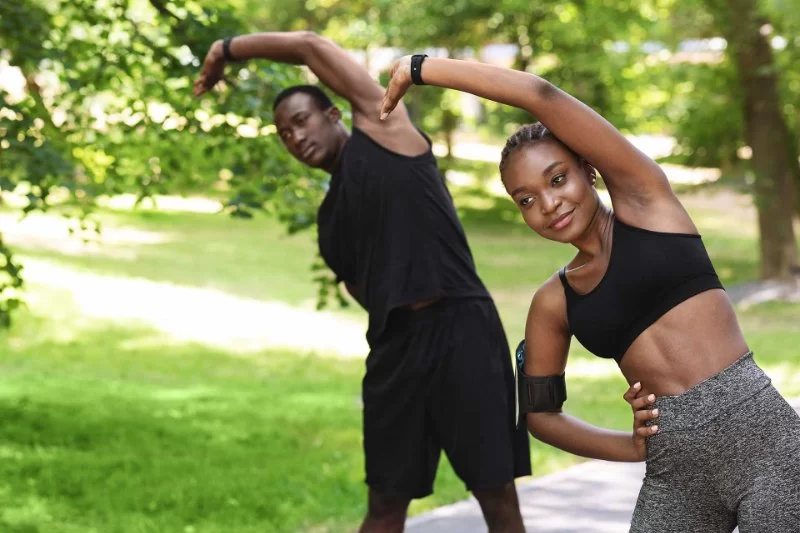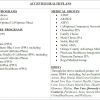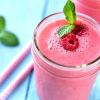- understanding-the-risks-of-hot-weather-workouts
- best-times-and-places-to-exercise-in-the-heat
- hydration-strategies-before-during-and-after-exercise
- choosing-the-right-gear-for-summer-exercise
- listening-to-your-body-and-knowing-warning-signs
- what-heartcare-hub-recommends-for-safe-hot-weather-fitness
1. Understanding the Risks of Hot Weather Workouts
Exercising in the heat can feel like a badge of honor, but it comes with legitimate risks. When temperatures soar, your body works harder to cool itself. This puts additional strain on your cardiovascular system, potentially leading to dehydration, heat exhaustion, or even heatstroke.
According to health professionals, one of the most common mistakes people make is underestimating how fast dehydration and overheating can happen. Just 30 minutes of outdoor cardio in 90°F+ weather can put your health at risk—especially if you're not properly hydrated or acclimated to the climate.

2. Best Times and Places to Exercise in the Heat
If your schedule demands outdoor workouts, early morning and late evening are your safest bets. During these windows, the sun’s intensity is lower, and the ambient temperature is significantly cooler.
Consider shaded parks, wooded trails, or even urban running routes with tall buildings that block direct sunlight. Fitness experts often recommend indoor alternatives like air-conditioned gyms or home workouts when heat indexes reach hazardous levels. Don’t just follow your routine—adapt it.
Endeavor Health Northwest Community Hospital
endeavor health northwest community hospital
800 W Central Rd, Arlington Heights, IL 60005, USA

3. Hydration Strategies: Before, During, and After Exercise
Hydration is critical—but it’s more than just drinking water during a workout. Here’s a three-part strategy to stay safe:
3.1 Pre-Workout Hydration
Drink at least 16-20 oz of water 1-2 hours before heading out. If you’re doing a longer session, consider adding electrolytes to your water.
3.2 During the Workout
Sip 7-10 oz of water every 10-20 minutes. If you're exercising longer than an hour, rotate in electrolyte-rich drinks to replenish sodium and potassium levels.
3.3 Post-Workout Replenishment
Afterward, drink 16-24 oz of water for every pound of body weight lost. Pair with a small snack high in carbs and protein to aid recovery.
4. Choosing the Right Gear for Summer Exercise
What you wear matters. Lightweight, breathable fabrics like moisture-wicking polyester or bamboo help pull sweat away from the skin and speed up evaporation. Avoid black clothing—it traps heat. Instead, go with light colors that reflect sunlight.
Accessories like sun hats, cooling towels, and UV-protection sunglasses also add to your comfort and safety. If you're training intensely or for long durations, portable cooling fans or neck wraps filled with ice packs can work wonders.
5. Listening to Your Body and Knowing Warning Signs
No workout is worth sacrificing your health. Learn to recognize early signs of heat-related illnesses:
- Dizziness or lightheadedness
- Unusual fatigue or confusion
- Excessive sweating or sudden stop in sweating
- Cramping in arms, legs, or abdomen
- Flushed skin or rapid heartbeat
At the first sign of trouble, stop your workout, get to a cool place, hydrate, and rest. If symptoms worsen, seek medical help immediately. Being tough doesn’t mean ignoring your body—it means being smart enough to listen.
6. What HeartCare Hub Recommends for Safe Hot Weather Fitness
At HeartCare Hub, we prioritize smart fitness choices, especially when it comes to your cardiovascular health. Whether you're a weekend jogger or training for a triathlon, our resources and wellness tools can help you stay on track—safely.
We recommend personalized heart rate monitoring tools, hydration trackers, and summer workout plans designed to work with the heat, not against it. Explore our curated summer fitness essentials and consult with our expert guides to tailor a plan that matches your fitness level and climate.






















Capital Health Medical Center – Hopewell
capital health medical center hopewell
1 Capital Way, Pennington, NJ 08534, USA